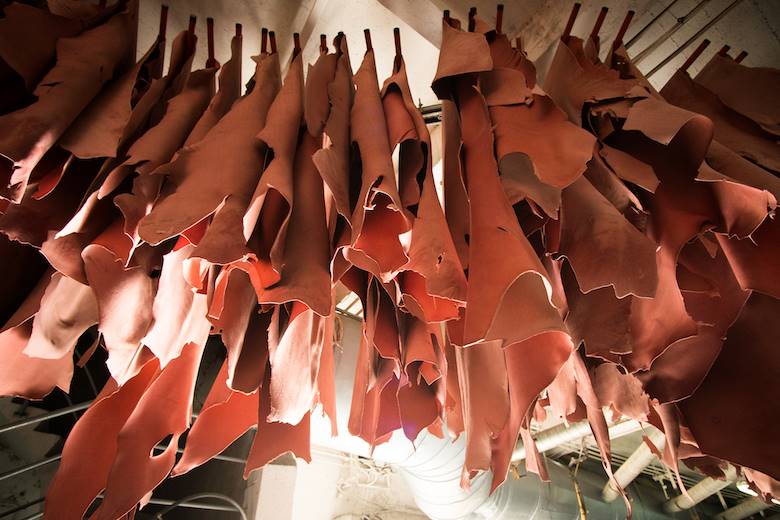CNC president says leather is a model for the circular economy

The president of France’s Conseil National du Cuir (CNC), Franck Boehly, has continued his campaign to confirm leather’s circular-economy credentials in a recent interview for a podcast called On(Ward) Fashion, dedicated to sustainable fashion.
Speaking to the podcast in mid-May, Mr Boehly said it was “absolutely inappropriate” to attribute to the leather industry any of the environmental impact of livestock farming. He said that regardless of how many campaign groups claim repeatedly that animals are raised for leather, the message is “on the one hand completely false and on the other hand economically impossible”.
He pointed out that even a premium-quality French calfskin without any defects would account for no more than 10% of the value of the animal it came from and that the average price would be between 3% and 5% of the value. Mr Boehly then said that at least half of French hides and skins are of insufficient quality for tanners there to use. This raw material, he said, is sold “at very low prices” into markets in which manufacturers make “entry-level products”.
He then said to the presenter, Florence Victoire Satto: “In the face of this, I ask you and I ask your listeners, who could be motivated to raise an animal for the sake of 5% of its value? It just would not make any sense and it does not happen anywhere in the world. No cattle are raised for their hides. No sheep are raised for their skins. These animals are raised for one purpose only: to feed the population.”
The CNC president then said that, following animal slaughter, there were only two options regarding hides and skins: we can transform them or we can destroy them. “I have no hesitation in saying that the leather industry is a model for the circular economy,” he continued. “What we do is take a waste product and transform it into raw material for other products. This is the very definition of the circular economy. We make this new raw material out of a by-product that is, in itself, useless.”
He repeated that efforts to place any of the the weight of the environmental impact of livestock farming on tanners was “completely inappropriate”.
Mr Boehly concluded: “Even if the leather industry across the world stopped transforming this raw material and not a single hide or skin anywhere were made into leather, the impact of livestock farming would be completely unchanged.”
Image: Fortier Beaulieu/CNC







